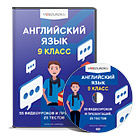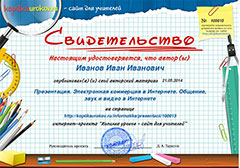| Presentation and practice
L9
L4
S2 S6
UE5 UE7 UE14
S3
L9
R3 | Step 1 Listen, point and repeat. Pupils’ books closed. Leave My House poster on the board. Point to the rooms and the bath, one at a time, and say the corresponding words. The pupils repeat after you. Point to each item in random order. Ask individual pupils to name them. Ask the rest of the class for verification. Pupils’ books open. Play the CD. The pupils listen, point to the pictures and repeat the words. Play the CD again pausing after each word. The pupils repeat, chorally and/or individually. | Track 48 CD1 My House Poster
| Photocopy the things inside/outside a house templates (sofa, wardrobe, tree, frying pan, fridge, TV, bed, bath, radio, chair, table, flower) from the Teacher’s Resource Pack CD-ROM.
|
| Step 2 Listen and draw lines. Talk with your friend. (activity 5) Elicit the names of the people and the rooms. Play the CD, twice if necessary. The pupils listen and draw lines. Check their answers. Write on the board: Where’s ... ? She’s/He’s in the ... . Ask the question. Have the pupils repeat after you. Explain the activity. The pupils, in pairs, talk about where the people in the picture are. Explain to the pupils that they can refer to the question and answer on the board or at the bottom of the page for help. Go around the classroom providing any necessary help. Ask some pairs to report back to the class. | Track 49 CD1 |
|
| Step 3 Sing the ‘Follow Me’ song!
(activity 6) Gesture with your hand and say: Follow me, follow me! Where am I? Then point to the house in Ex. 5, gesture and say: Am I in the house? Where, oh where am I? The pupils repeat after you. Follow the same procedure to present the rest of the song. Play the CD. The pupils listen and look. Divide the class into two groups and assign a verse to each group. Play the CD. The groups sing the assigned verses. Time permitting, play the song a third time for the pupils to sing the song as a class. | Track 50 CD1 |
|
| Step 5 Circle. Explain the activity. The pupils look at the pictures, read the dialogue silently and circle the right sentence. Check the pupils’ answers. Play the CD again pausing for the pupils to repeat, chorally and/or individually. Ask individual pupils to read the dialogue out loud. | Track 51 CD1 |
|
| Differentiation – how do you plan to give more support? How do you plan to challenge the more able learners? | Assessment – how are you planning to check learners’ learning? | Cross-curricular links
Health and safety check
ICT links
Values links |















